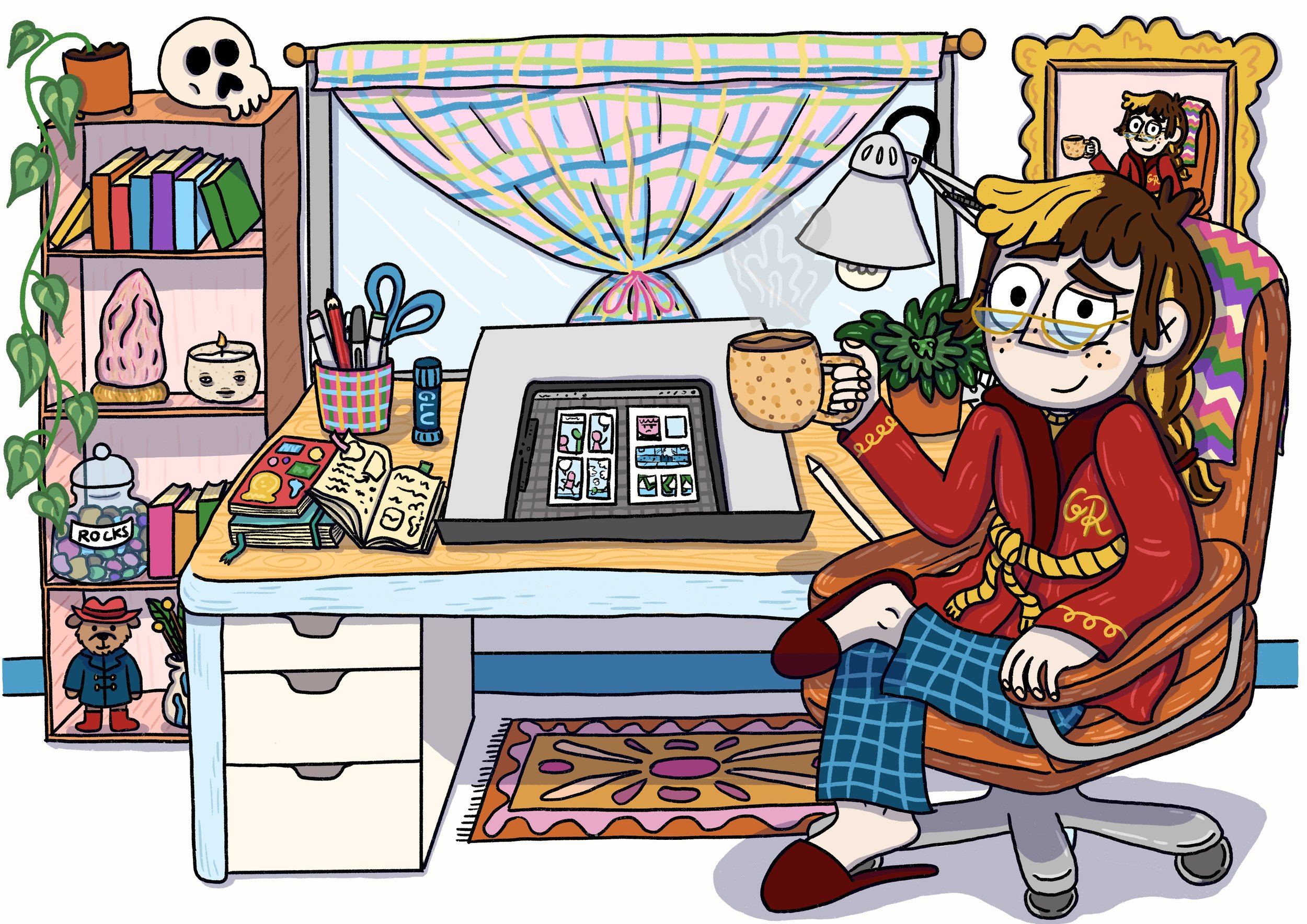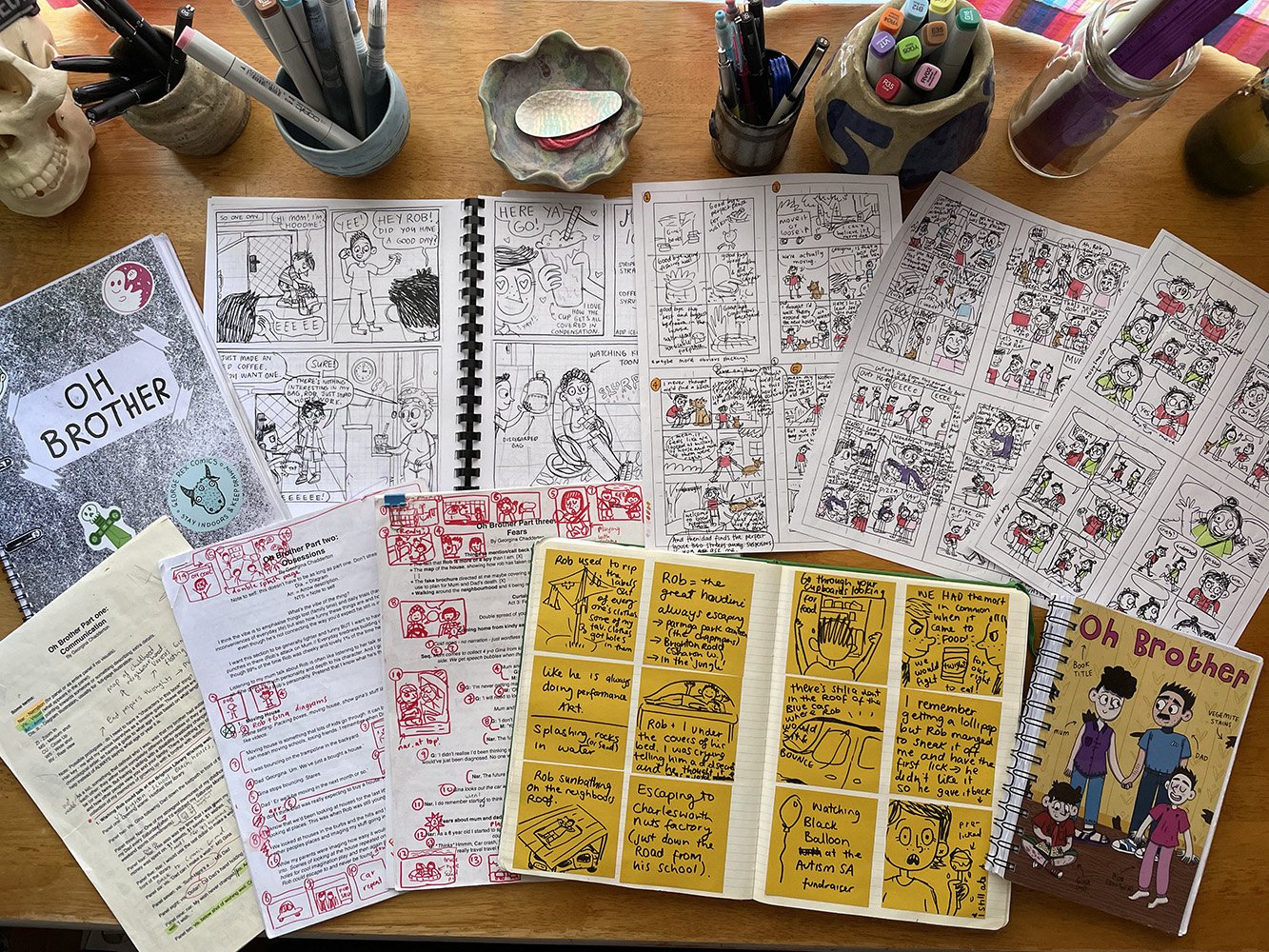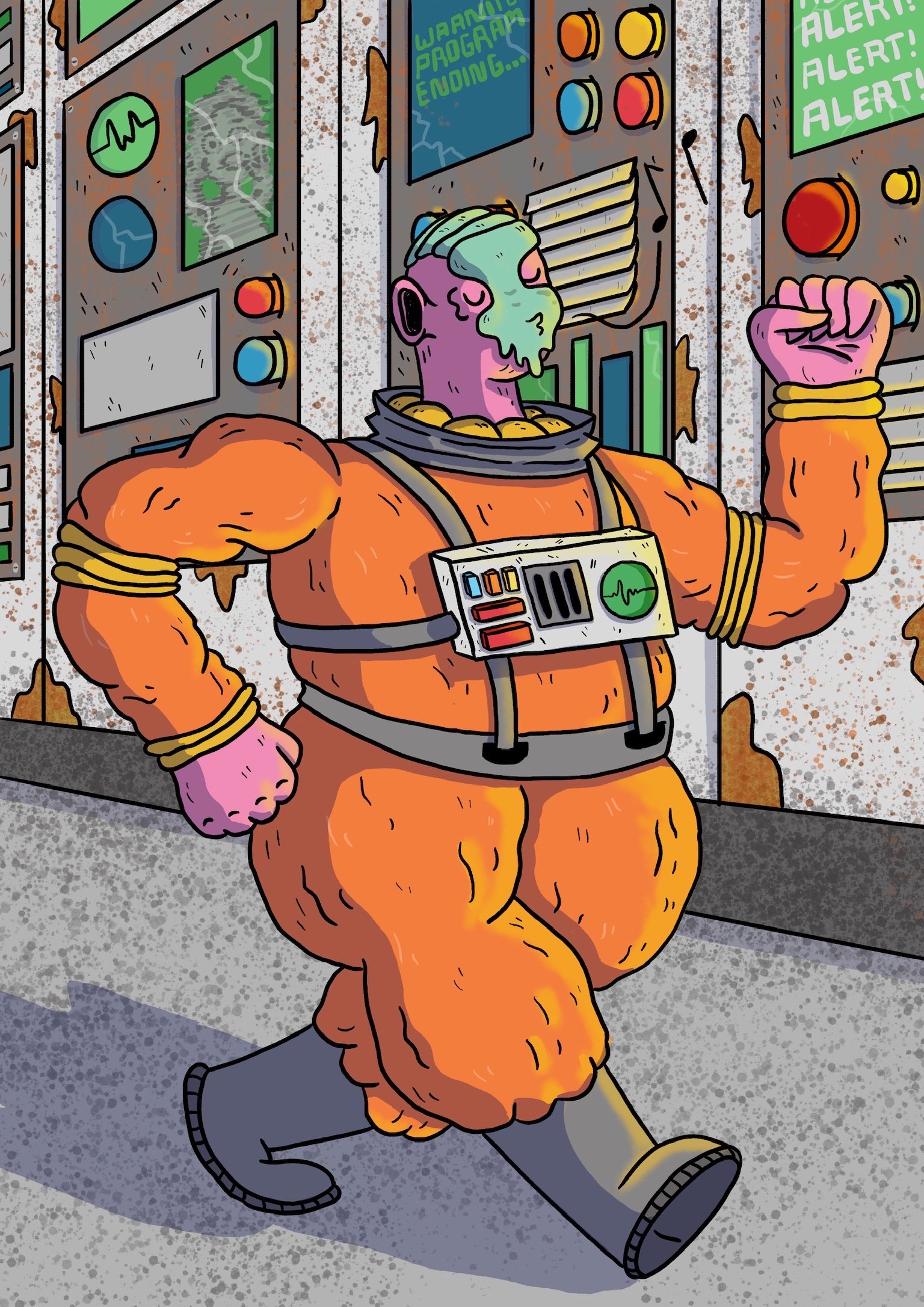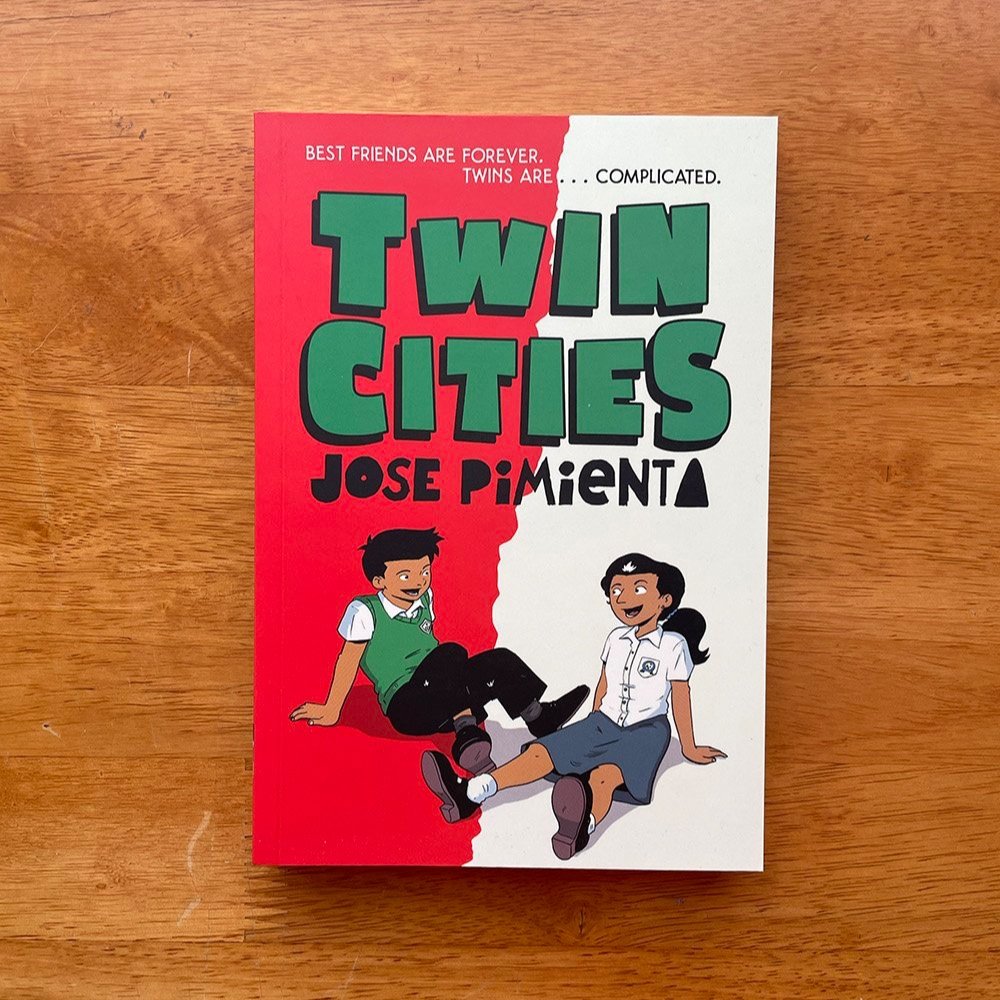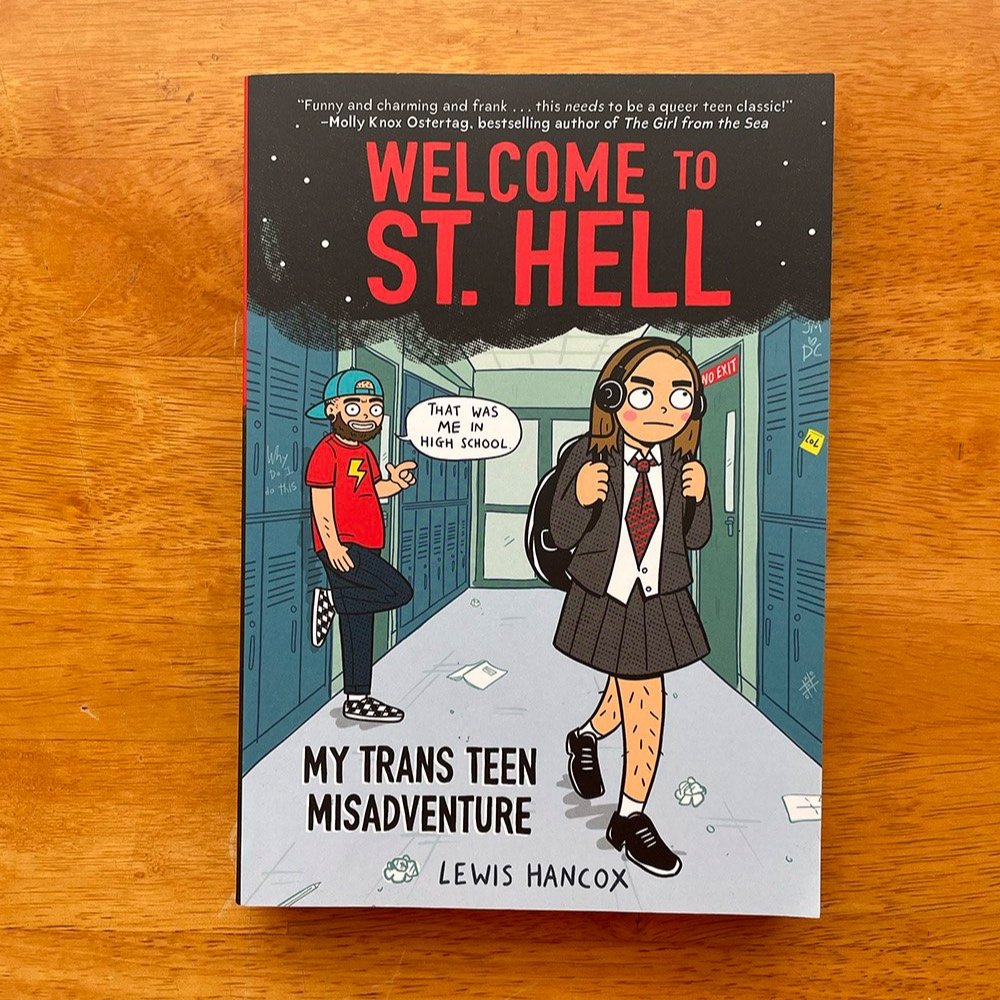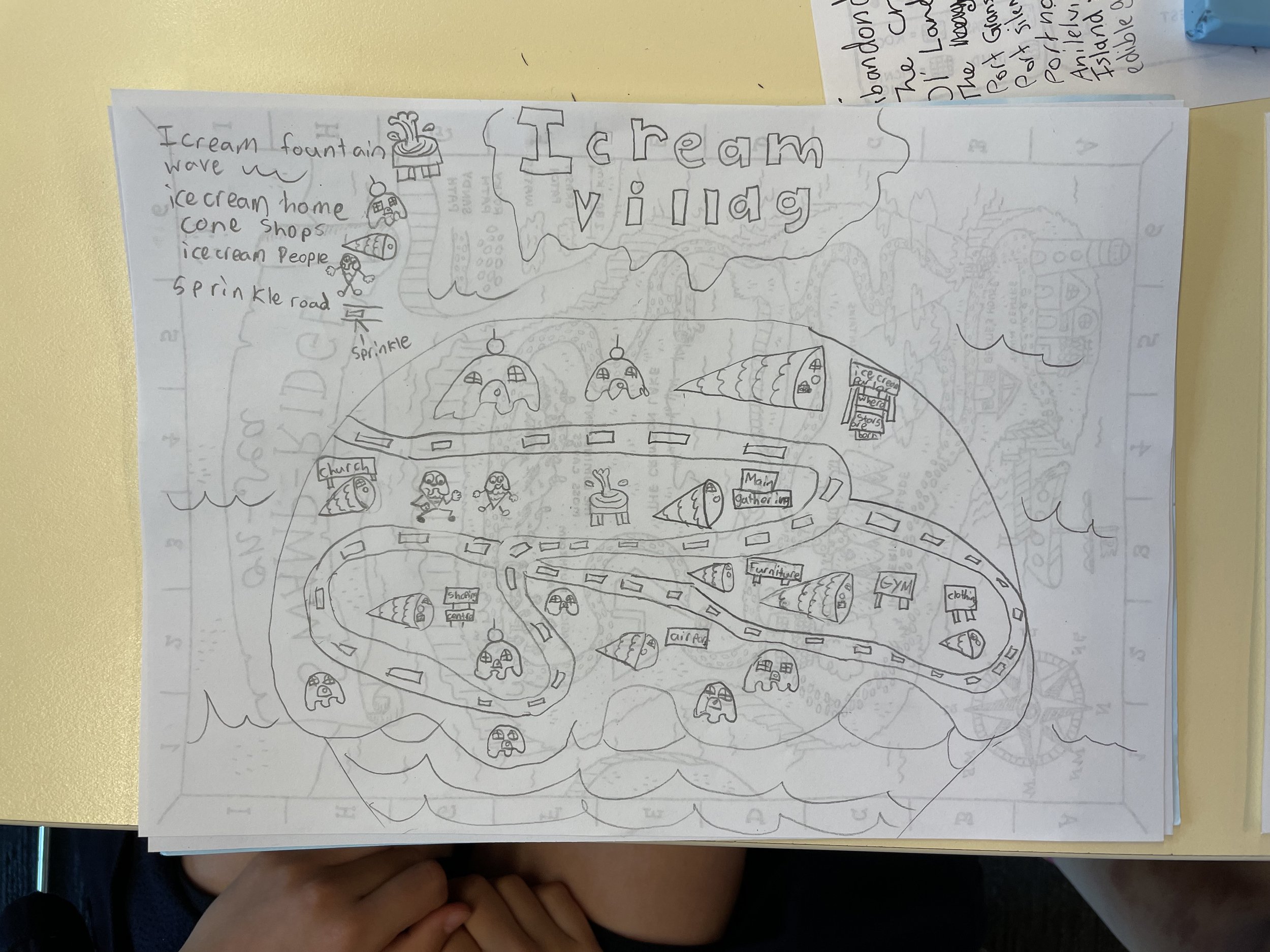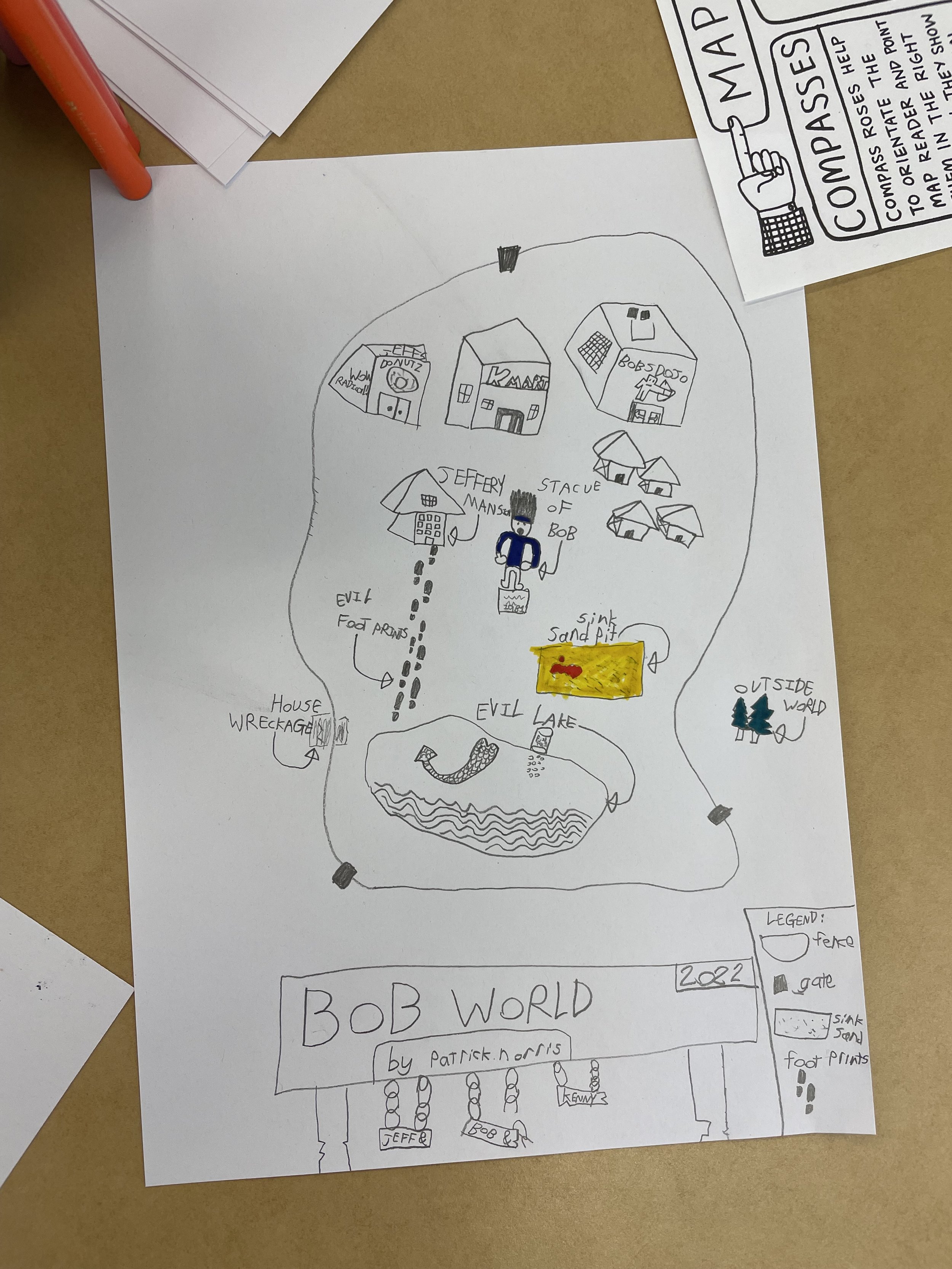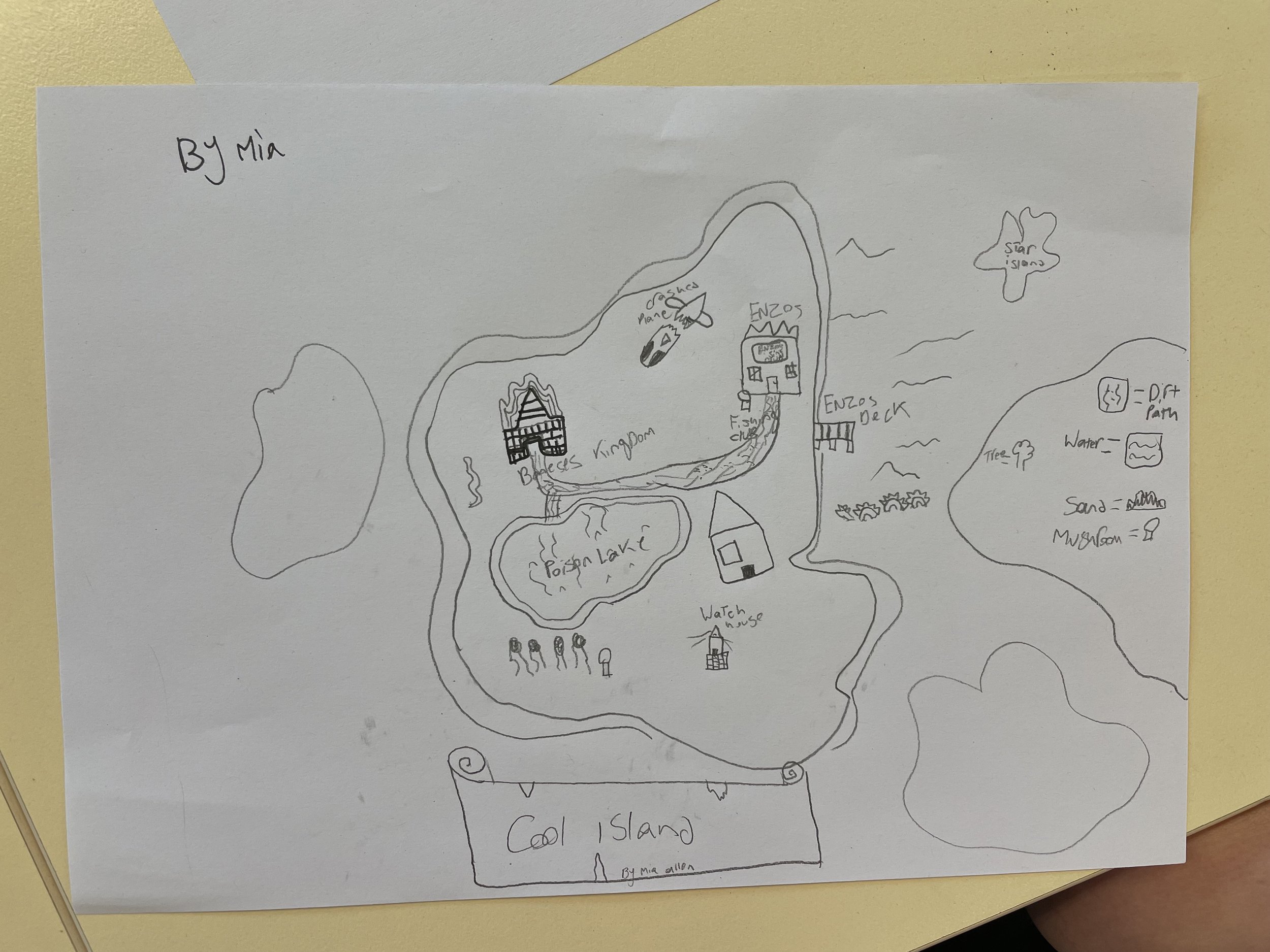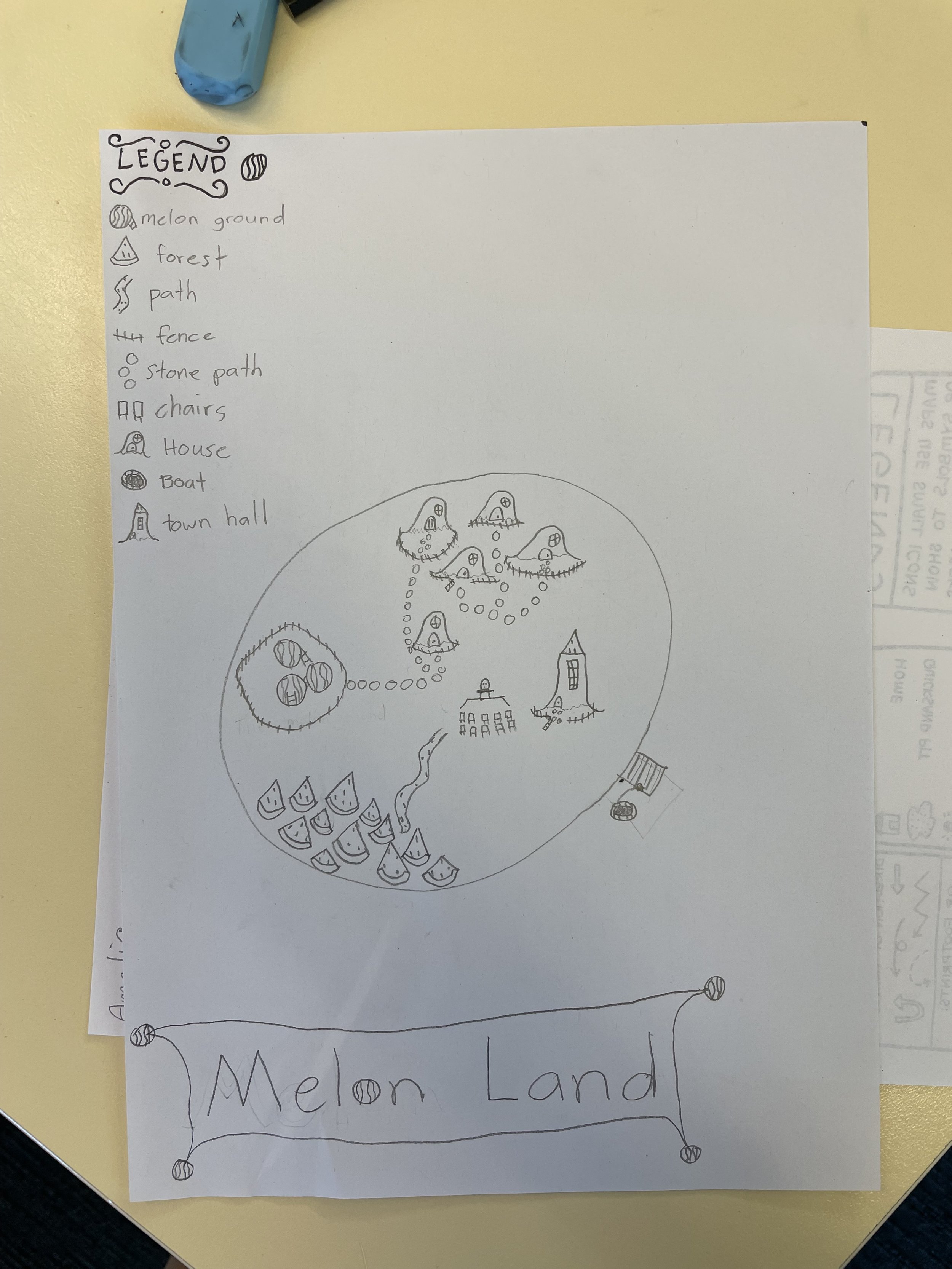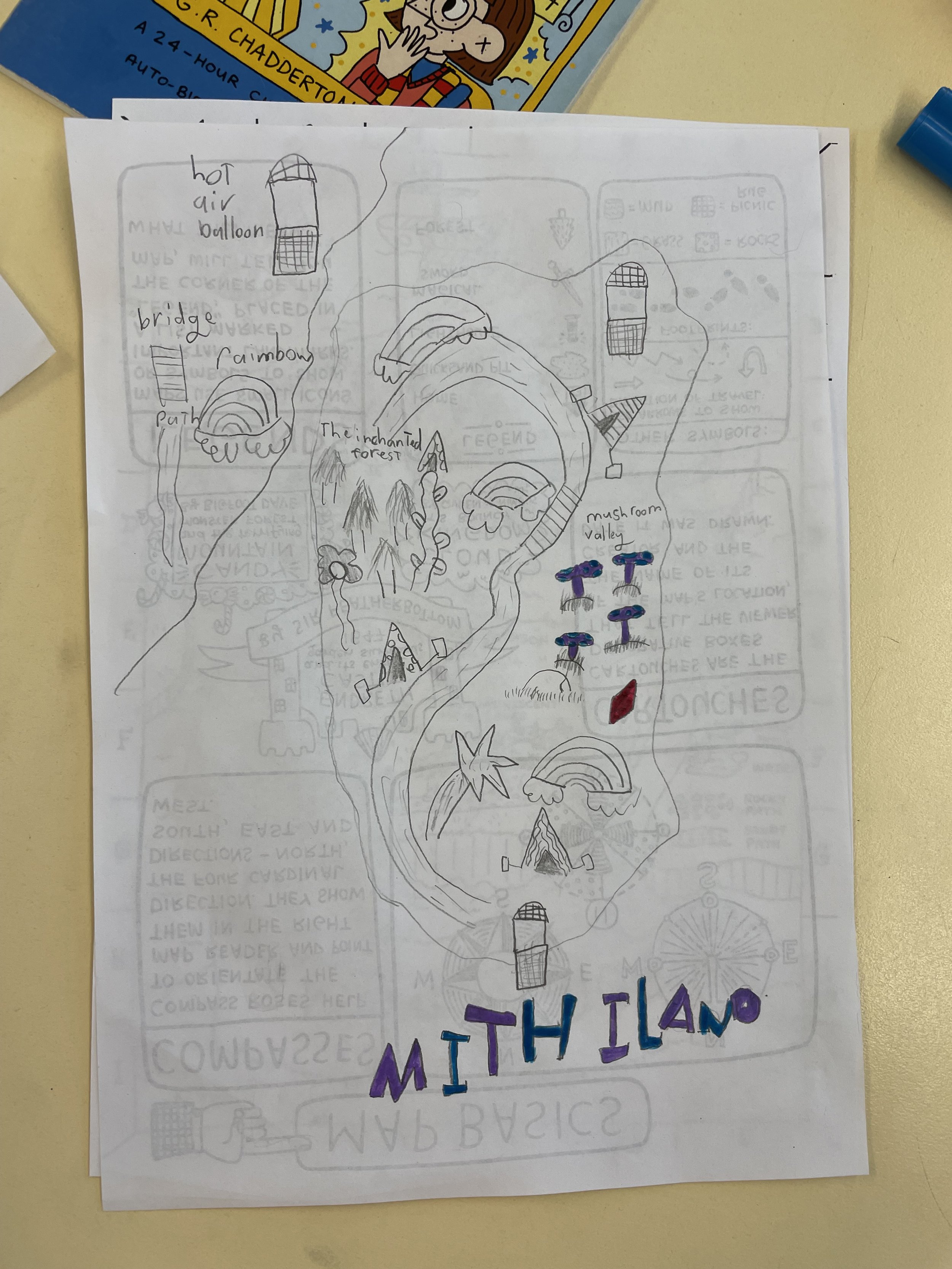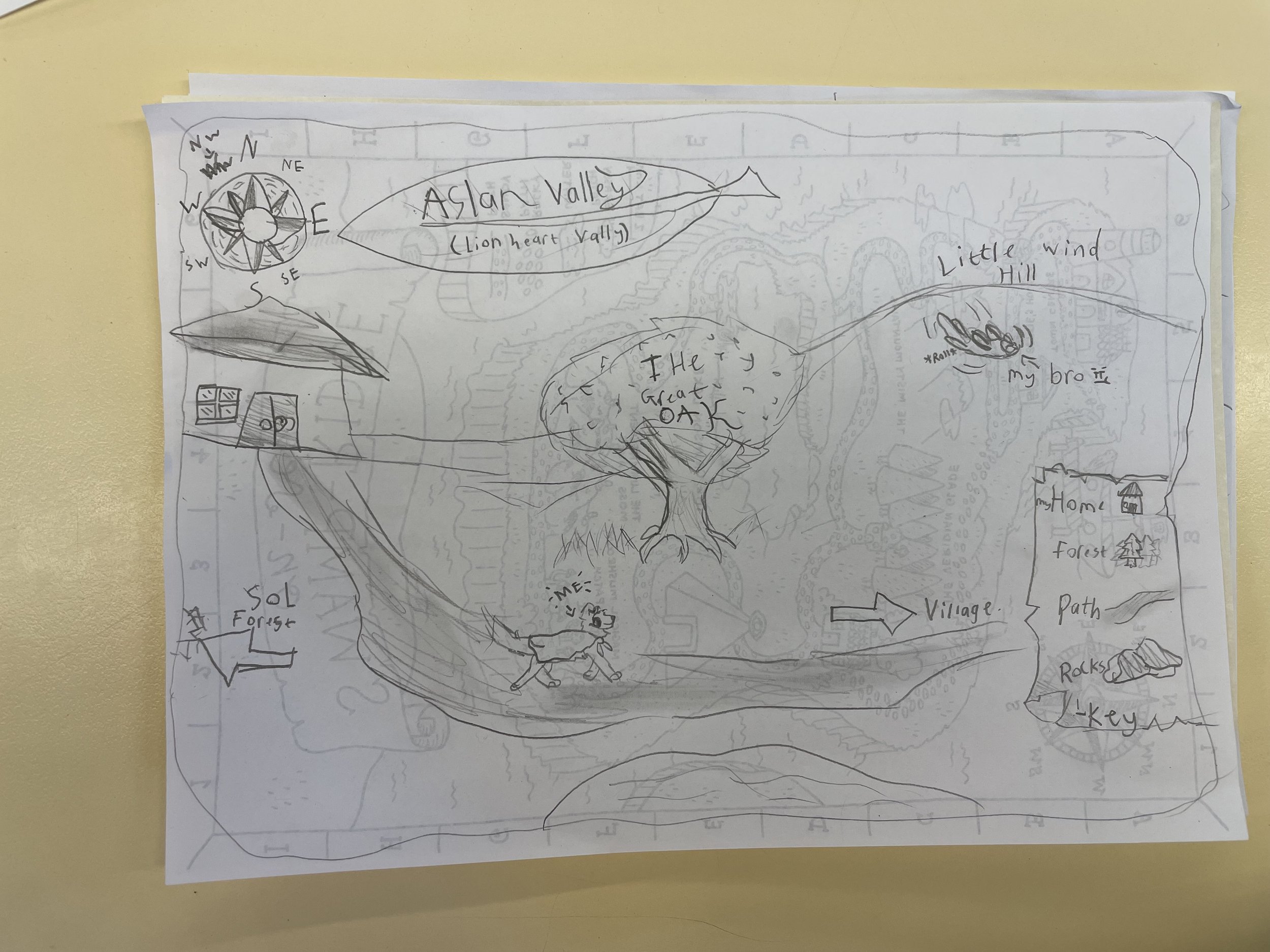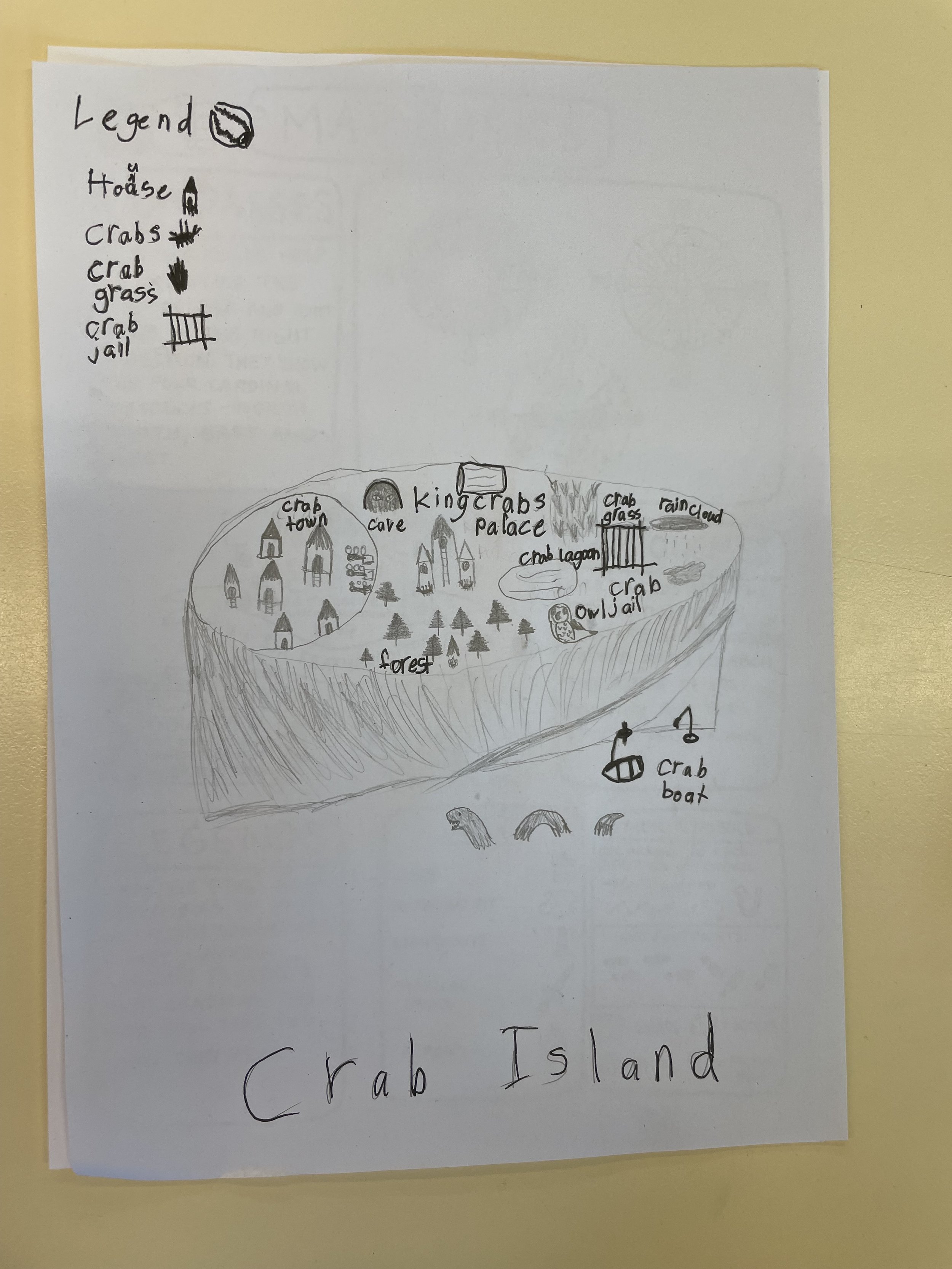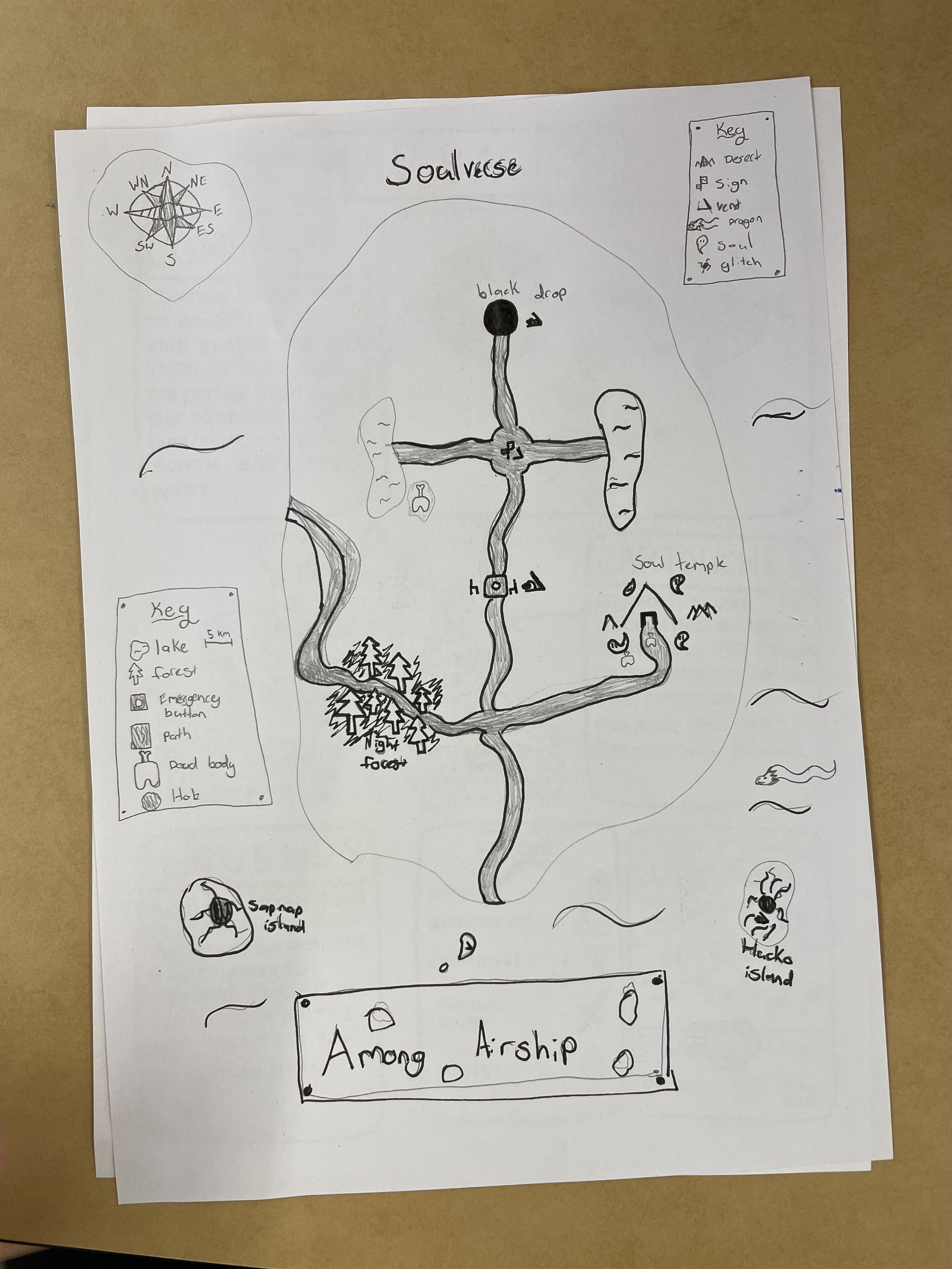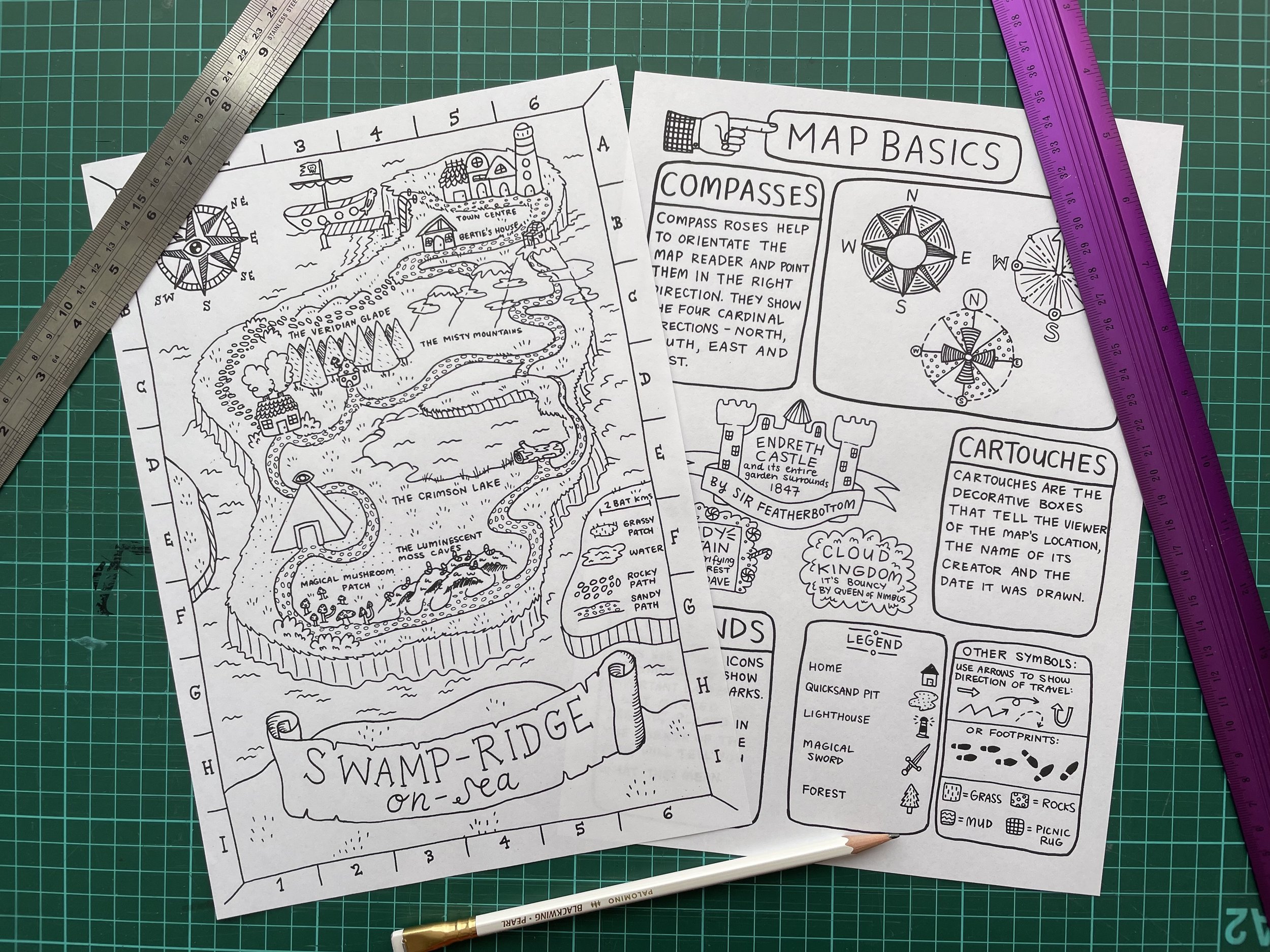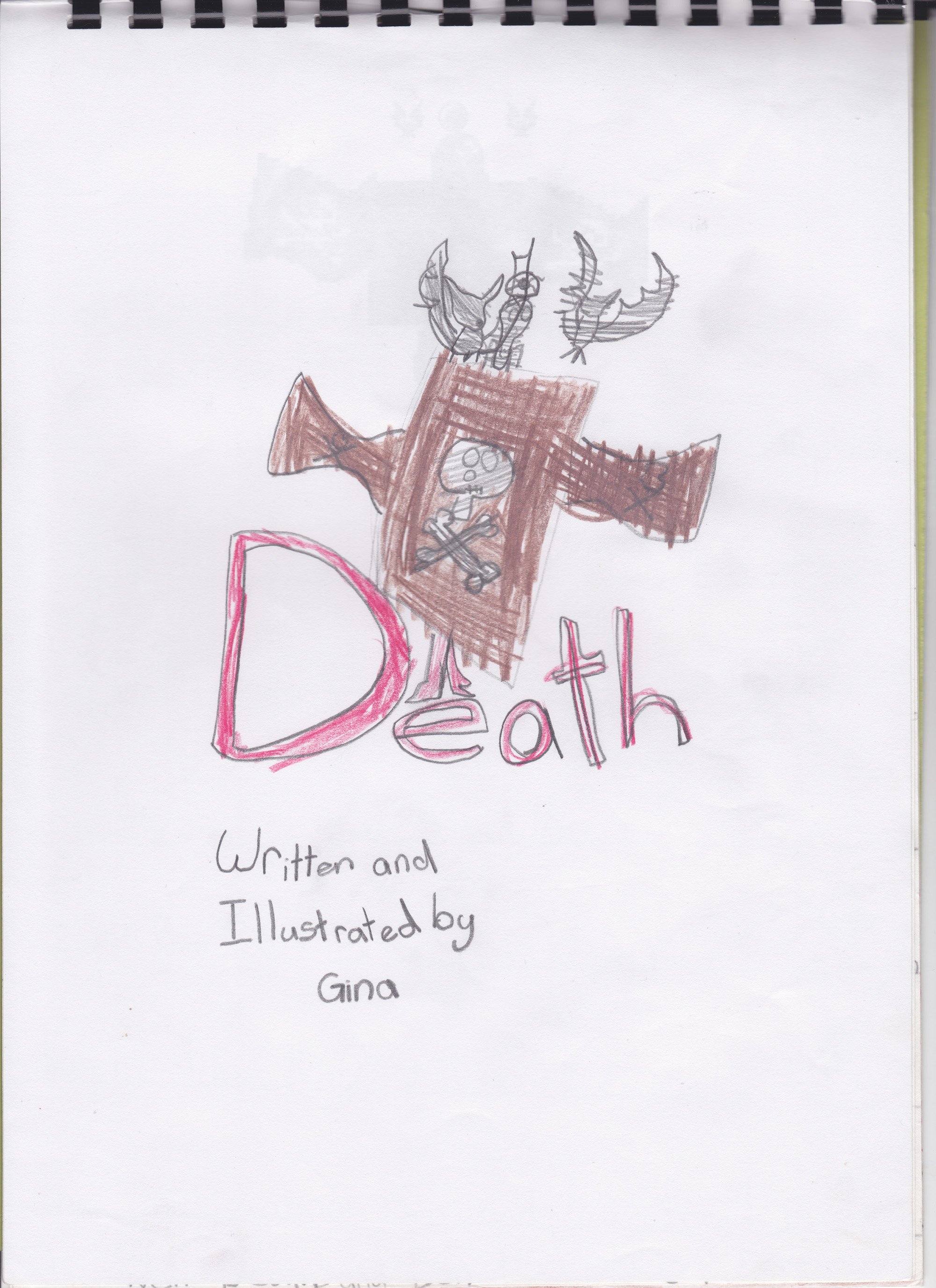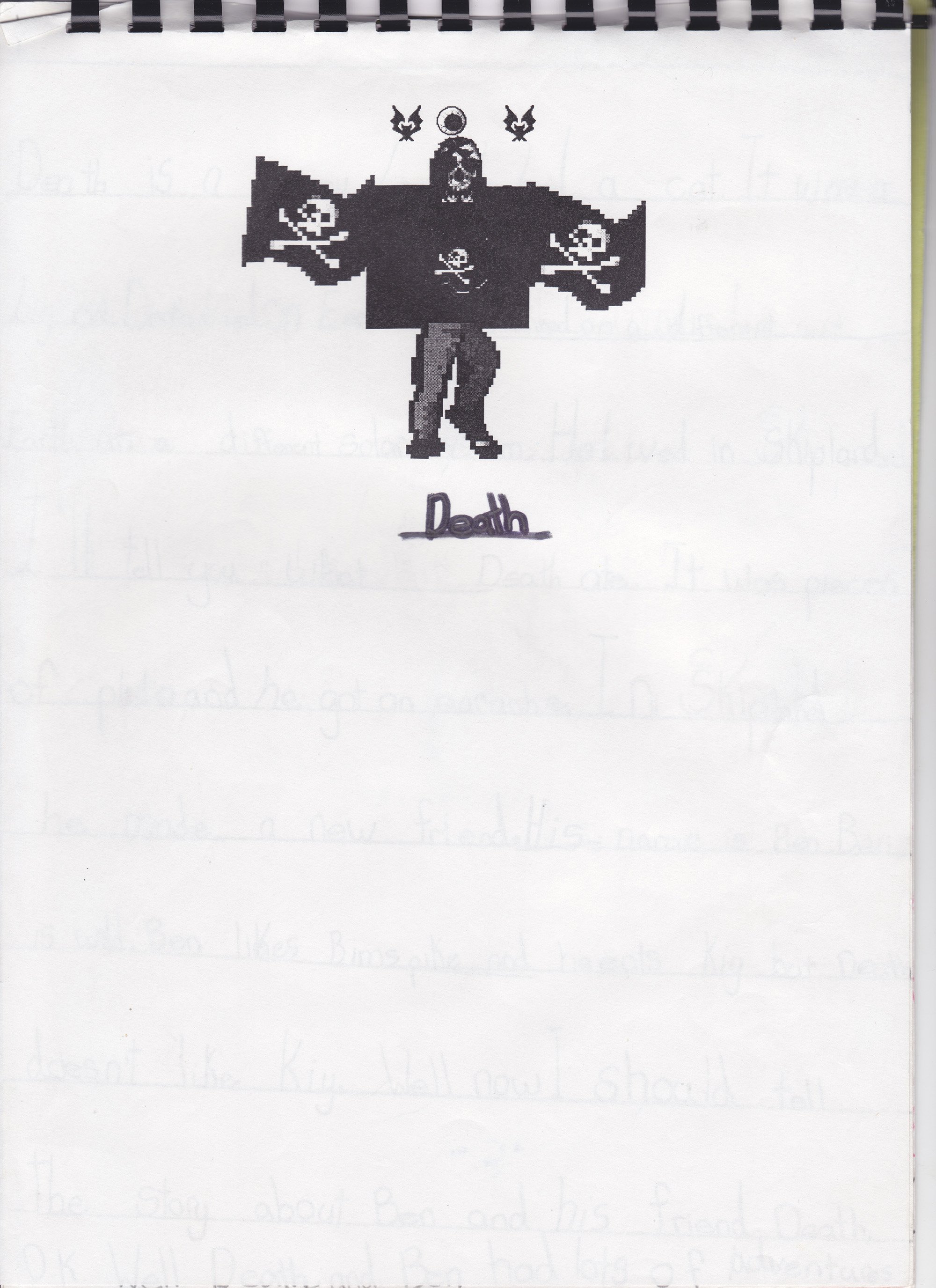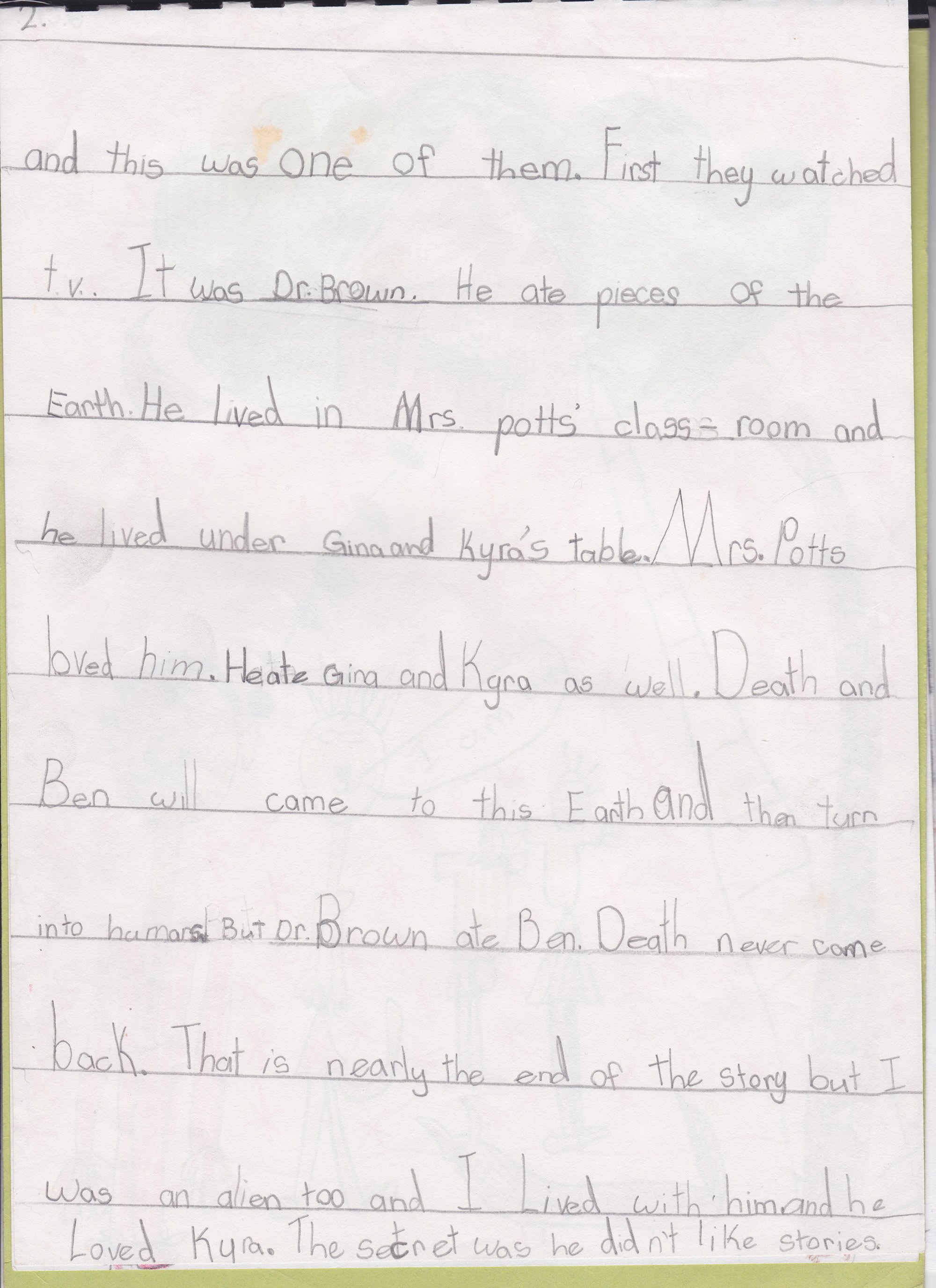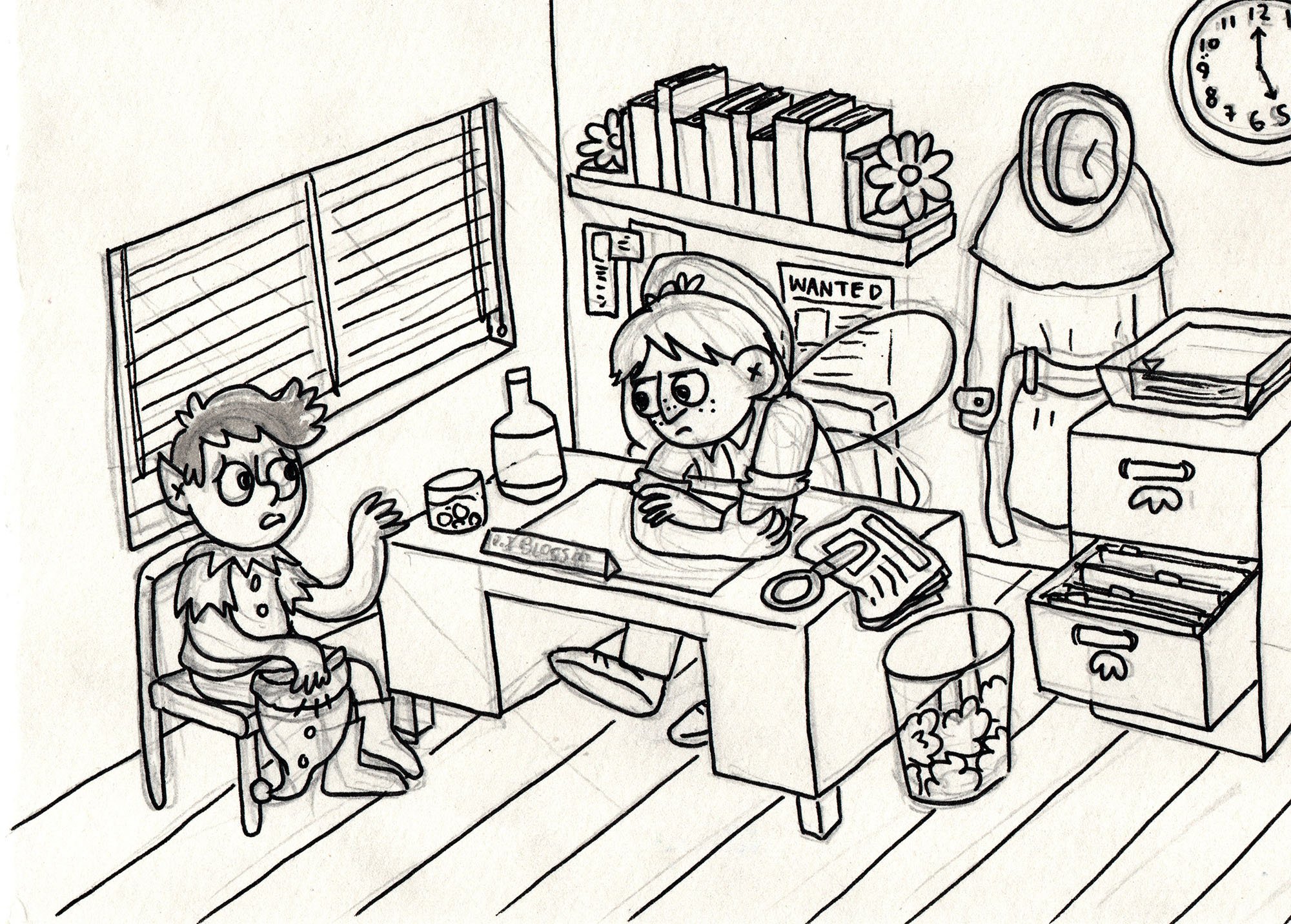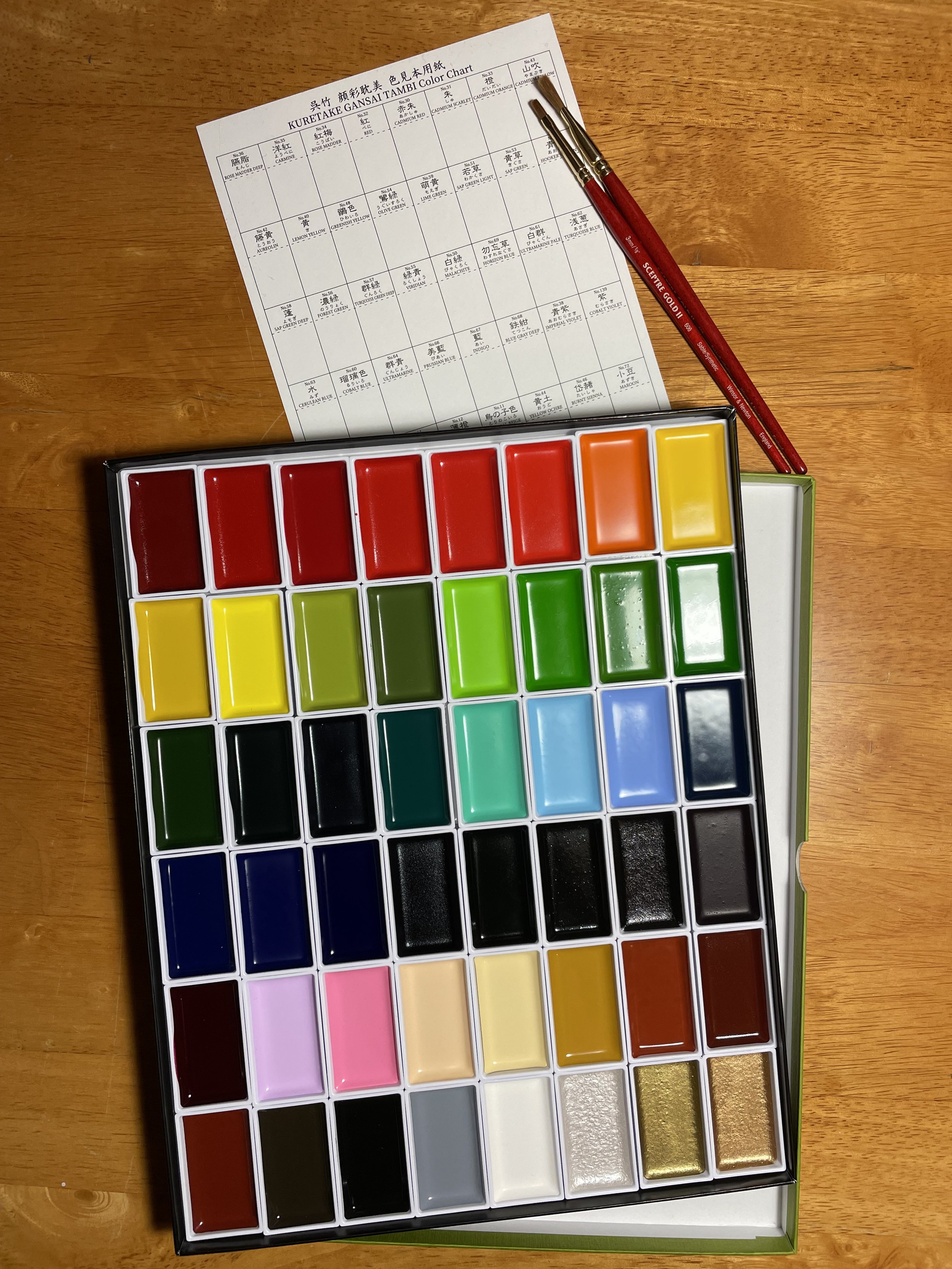Four cartoon drawings of a young boy (my brother) from four different angles. He has his fingers in his ears and is wearing a pink tee shirt and pink track pants.
I’m deep into penciling my book at the moment, working hard to hit my publisher deadlines, but I thought I’d share a look at the prep work I do for a story. This is stuff I do before I start working on the thumbnails (roughly drawn comic script) and often even before I start working on the written script.
The first thing I do is, unsurprisingly, draw the main characters. The reason for this, of course, is so I have a reference to what the characters look like, so when drawing them repeatedly over the 250+ pages of story I can keep them consistent and easily recognisable for readers. But I have to admit I used to hate doing turnarounds (drawing your character from multiple angles) and would usually only draw a character once in one very straight, boring pose. Back in 2016, when I first started working on Oh Brother, this was what my main characters looked like:
Black and white drawing of four people. Mum (short, curly hair, teeshirt and jeans) is covered in paint and holding a paintbrush. Dad (short spiky hair, jeans and woollen jumper) is holding a laptop and a hammer. Rob (short straight hair, rugby knit top, shorts and bare feet) is holding a can of coke and a picture book. Gina (bob-length hair, jeans and sleeveless top) is holding a sketchbook and a satchel bag.
As you can see, my style has changed and refined itself a bit since 2016, although the main elements of the characters are still there. My brother and I were also adults in this version of Oh Brother (which was told from my adult perspective looking back at my childhood). The biggest shock to me is that I hadn’t started drawing crosses in people’s ears yet (which is now my ear squiggle of choice).
As the years went by, and many versions, edits and rough penciled comics later, the way I drew my family had changed, including drawing everyone younger because the book was now told from my childhood perspective (hence why Dad has a moustache in the picture below - he shaved it off by the time I was an adult). By 2020, I was working with my agent, Annabel Barker, to pitch my book to publishers. Here is the family redraw for the pitch:
Four cartoon images of a young family standing on brown carpet. Mum (in purple colours) and Dad (in blue colours) stand behind Rob (in a pink jumpsuit, fingers in his ears and chew toy at his belt) and Gina (in red colours and with a pink birthmark on one leg).
After Oh Brother was picked up by a publisher, it quickly became clear that I needed to revisit my character reference sheets for this new version of the book. Not only because how I drew had changed so much since starting the book in 2016 but also because I had added a whole new main character for this version of the book: Callie, Gina’s best friend.
Four cartoon drawings of a young girl (Callie, best friend) from four different angles. She is standing straight and has long brown hair and is wearing a green tee, blue jean shorts, gold sleeper earrings and white sneakers.
Callie is an amalgam of a few of my real-life friends and their experiences with Rob, so I was able to create an entirely new character design for her (although it is loosely based on a few friends). As the newest character, she has changed the most as I’ve worked on the thumbnails and pencils, purely because I’ve drawn her a lot less than the other characters. (But, to be honest, my style is wobbly at the best of times anyway, so there is always some healthy shapeshifting in my characters.)
Four cartoon drawings of a woman (my mother) from four different angles. She is standing straight and is wearing a purple sleeveless top, blue jeans and purple sandals.
Speaking of shapeshifting, the character - or should I say element of a character - that I (still) find the hardest is my Mum’s hair. It doesn’t seem to matter how many times I draw it, its shape eludes me. This was also when I started confirming which colours I would associate with each character (again for ease of reading and knowing who is who).
Four cartoon drawings of a man (my father) from four different angles. He standing straight and is wearing a blue tee with a high collar, blue jeans and and dorky white sneakers.
The character I found easiest to draw was my Dad. We look pretty similar (facially) in real life so when cartooning Dad I basically draw myself with a moustache and spiky hair. When I’m not paying attention, I draw my freckles on Dad instead of his stubble (and vice versa!).
Four cartoon drawings of a young boy (my brother) from four different angles. He has his fingers in his ears and is wearing a pink tee shirt and pink track pants.
I find Rob a fun character to draw but also really tricky. The way he holds himself (in real life he is constantly moving) is something that can be really hard to capture in still cartoon images. But it’s a fun challenge to try to get across his actions in the comics. For the new turnaround, I had to find a way to clearly show that he had his fingers in his ears from the different angles (which was harder than I thought it would be).
Four cartoon drawings of a young girl (me) from four different angles. She is standing straight(ish) and is wearing a red tee, blue jean shorts and and red sneakers. She has a pink birthmark on one of her unshaven legs.
By the time I decided to redo my character design sheets for this version of the book, I had gotten over my dislike of turnarounds and embraced them as a good way to get to know these new versions of the characters. I wanted to be able to draw more interesting angles and scenes in my book (and not just talking heads - which is my natural instinct), so I needed to know what my characters looked like from multiple angles.
But I didn’t stop at just turnarounds! In my next blog I’ll get ‘emotional’ and start playing around with drawing a full range of facial expressions for all of my characters.


